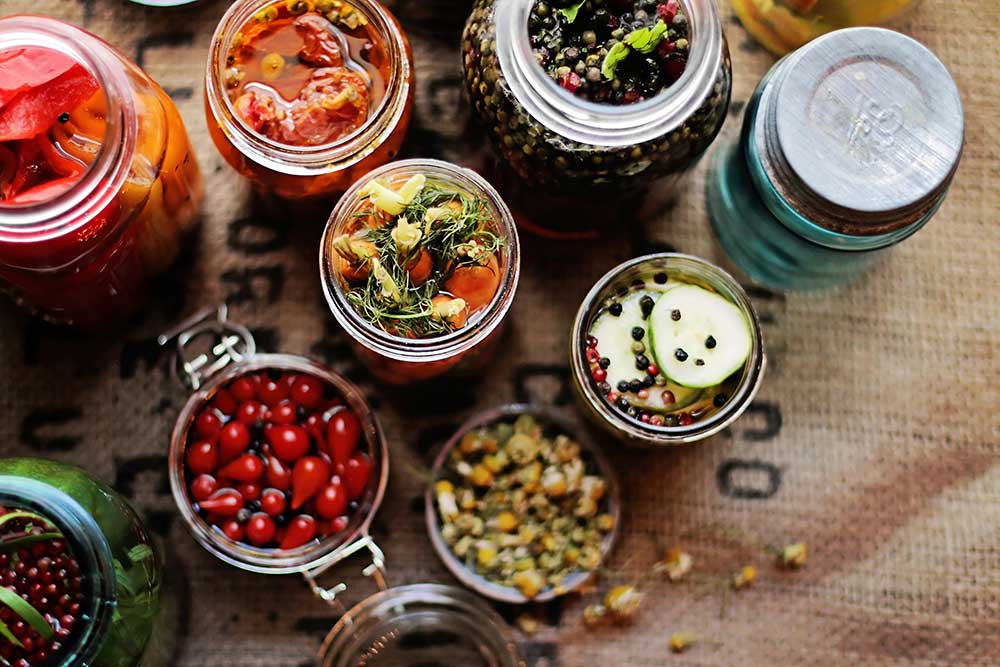Repurposing ingredients in foodservice is not only a trend but also a necessity in today's world. With the increasing concerns about food waste and sustainability, it has become imperative for restaurants and food establishments to find innovative ways to minimize waste and maximize the use of every ingredient. This not only benefits the environment but also has numerous other advantages such as reducing costs and increasing creativity.
First and foremost, repurposing ingredients allows foodservice establishments to reduce their carbon footprint. By utilizing every part of an ingredient, whether it's using vegetable scraps for stocks or turning leftover bread into breadcrumbs, the amount of waste that goes into landfills is significantly reduced. This contributes to a more sustainable and eco-friendly food industry.
Moreover, repurposing ingredients can have a positive impact on a business's bottom line. Waste reduction means cost reduction. When chefs find creative ways to repurpose ingredients, they are essentially saving money by utilizing resources efficiently, which can lead to higher profit margins.
Another benefit of repurposing ingredients is the opportunity to offer unique and exciting dishes to customers. By thinking outside the box and finding alternative uses for ingredients, chefs can create innovative menu items.
Here are some strategies to consider when repurposing ingredients in foodservice:
- Be creative: One of the key aspects of repurposing ingredients is thinking outside the box and experimenting with alternative uses. For example, leftover roasted vegetables can be transformed into flavorful purees or dips and overripe fruits can be blended into smoothies or used in baking.
- Plan your menus strategically: Take a proactive approach to repurposing ingredients by designing menus that allow for cross-utilization and substitutions. Look for opportunities to use similar ingredients in multiple dishes, reducing waste and maximizing efficiency. This will also help us to be proactive when there are unforeseen product shortages.
- Pickle: Pickling is becoming a big trend, and it can actually be quite easy to do! Pickling not only extends the shelf life of ingredients but also adds unique flavors to dishes. Pickled vegetables can be used as toppings or garnishes or even be incorporated into salads and sandwiches.
- Get creative with stocks and broths: Vegetable scraps, meat bones and seafood shells can be used to make flavorful stocks and broths. These can serve as the base for soups, stews and sauces, adding depth and richness to your dishes while reducing waste. Using these stocks and broths allow you to use less of other flavorings to adjust your soups. These stocks and broths also have some health benefits. They can provide collagens, amino acids, electrolytes and vitamins and minerals.
- Use leftovers in new dishes: Leftovers are perfect for repurposing. For example, yesterday's roasted chicken can become today's chicken salad or be shredded and used in tacos and sandwiches.
- Utilize every part of an ingredient: When working with fruits and vegetables, don't limit yourself to the flesh alone. For example, zest adds a burst of flavor to dishes and greens can be sautéed or used in salads. By using every part of an ingredient, you minimize waste and maximize flavor.
- Collaborate with local producers: Building relationships with local farmers and producers can provide a steady supply of imperfect or surplus fruits and vegetables that may otherwise go to waste.
By implementing these tips, you will not only be reducing waste but also be creating unique and exciting dishes, saving money and growing your business.
Looking for more info?
✅ Check out these Food Storage Containers from Cambro: CamSquares® FreshPro Series






